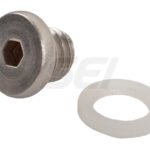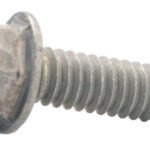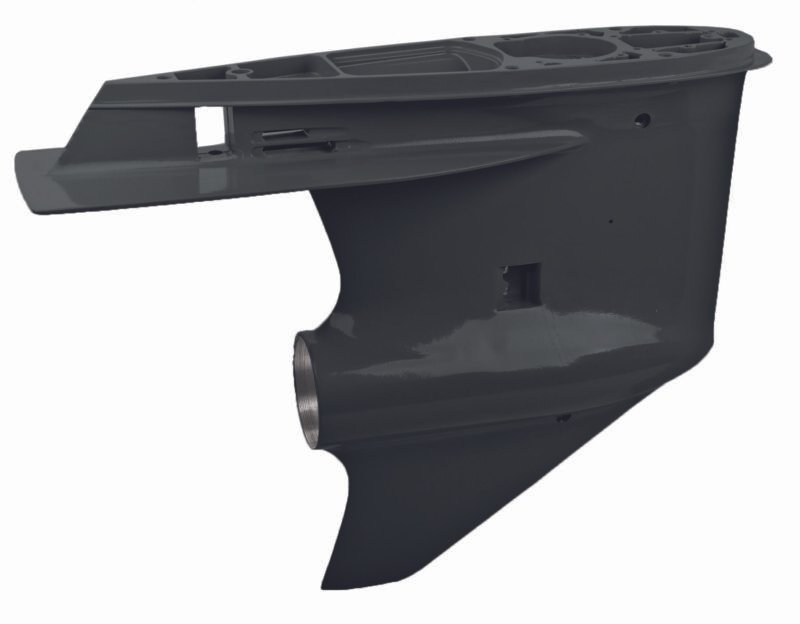
VENT PLUG
March 20, 2024
BOLT
March 20, 2024
Description
- Function: The primary function of a cotter pin is to prevent nuts, bolts, or other fasteners from loosening or falling out by providing a mechanical lock. It acts as a safety device to ensure that critical connections remain secure, particularly in high-vibration environments.
- Design: Cotter pins are typically made of metal wire and have a unique design featuring a looped or bent end and two tines that extend from the loop. The tines are inserted through aligned holes in the components to be secured, and then the looped end is bent or spread apart to prevent the pin from slipping out.
- Installation: To install a cotter pin, the tines are inserted through the aligned holes in the components, such as the hole in a bolt and the hole in a castle nut. Once inserted, the looped end of the cotter pin is bent or spread apart using pliers or a similar tool to secure it in place. The ends of the pin may be further bent or trimmed for a flush fit, if necessary.
- Materials: Cotter pins are typically made from durable and corrosion-resistant materials such as stainless steel, brass, or zinc-plated steel. The choice of material depends on factors such as the application requirements, environmental conditions, and desired level of strength.
- Applications: Cotter pins are widely used in automotive, aerospace, construction, marine, and other industries where secure fastening is essential. They are commonly found in applications such as securing wheel hubs, clevis pins, castle nuts, hitch pins, and many other mechanical connections.
- Maintenance: Cotter pins generally require minimal maintenance once installed. However, periodic inspection may be necessary to ensure they remain properly seated and undamaged. Any signs of wear, deformation, or corrosion should be addressed promptly by replacing the cotter pin to maintain the integrity of the fastened connection.




